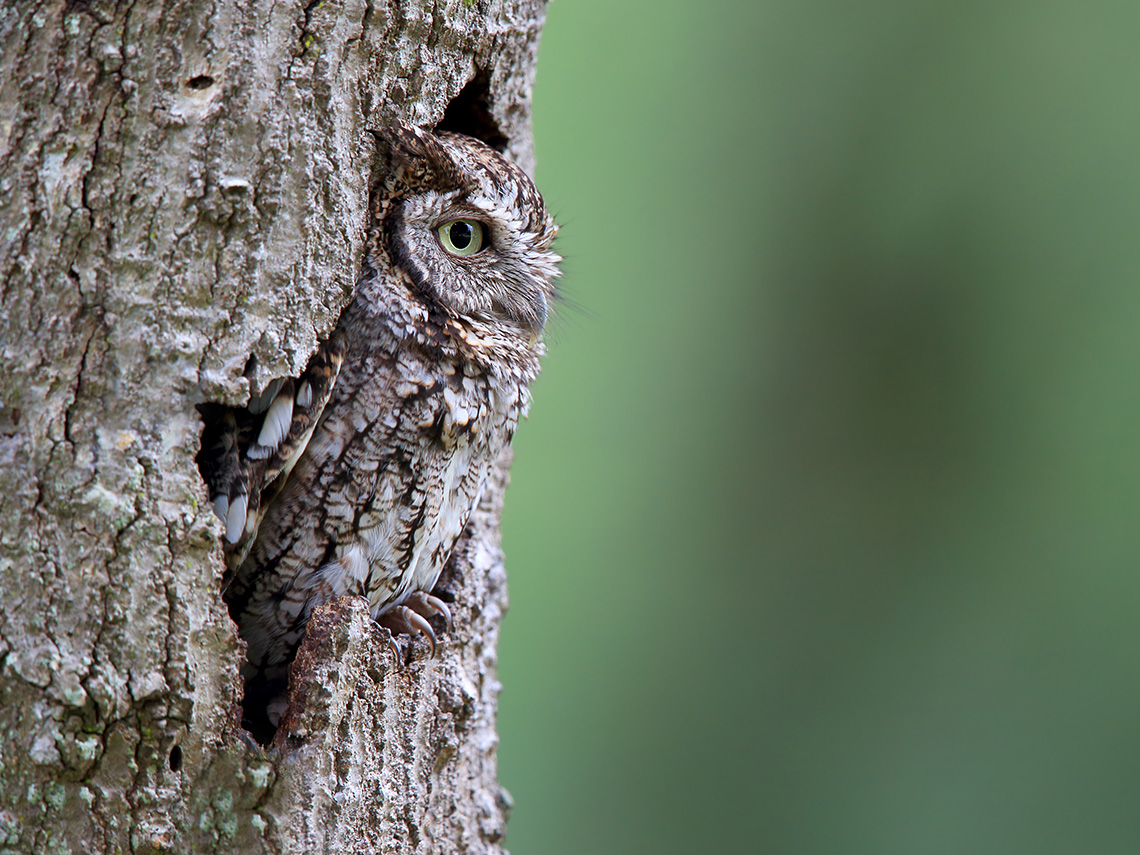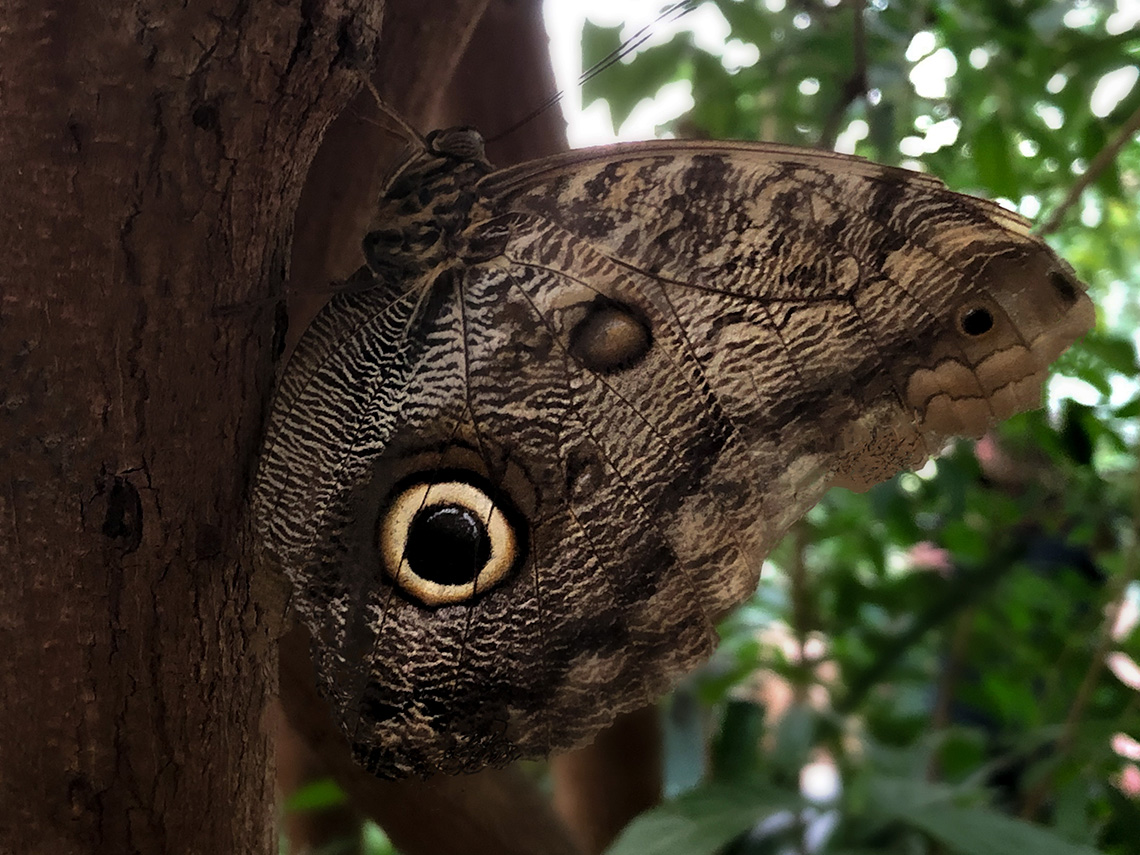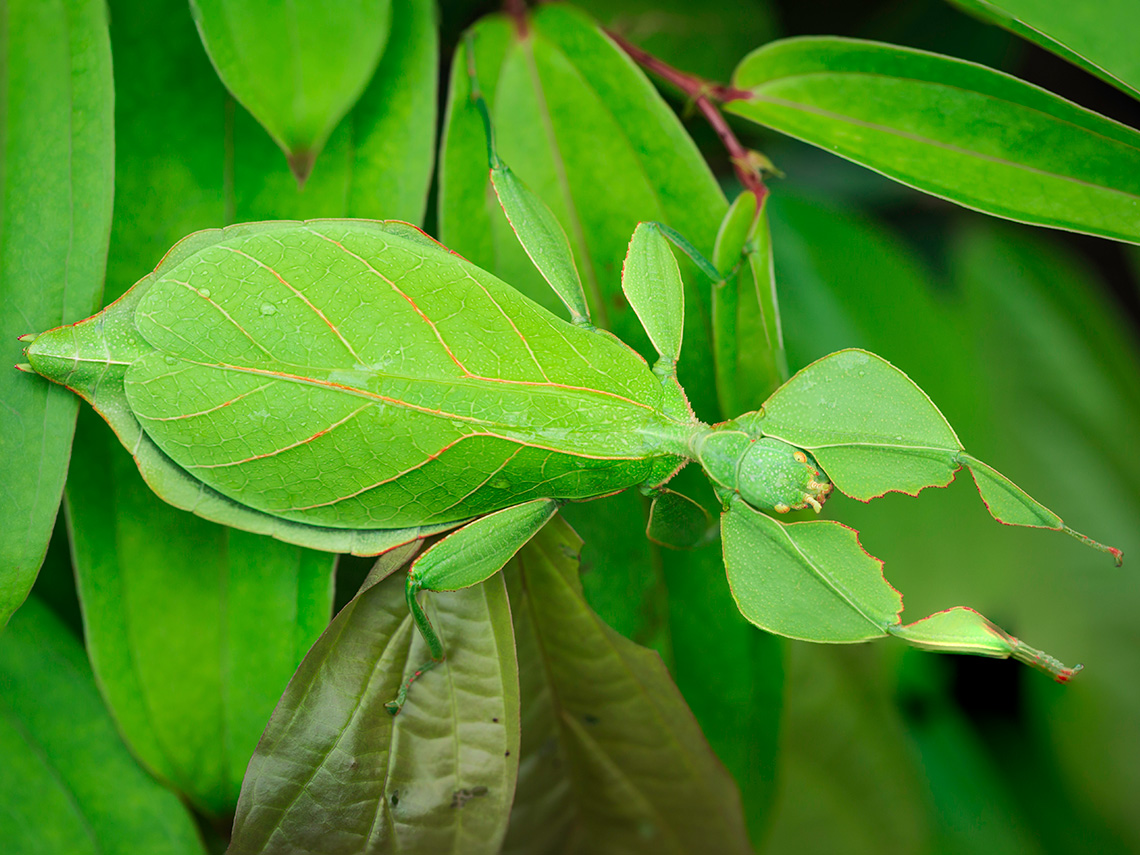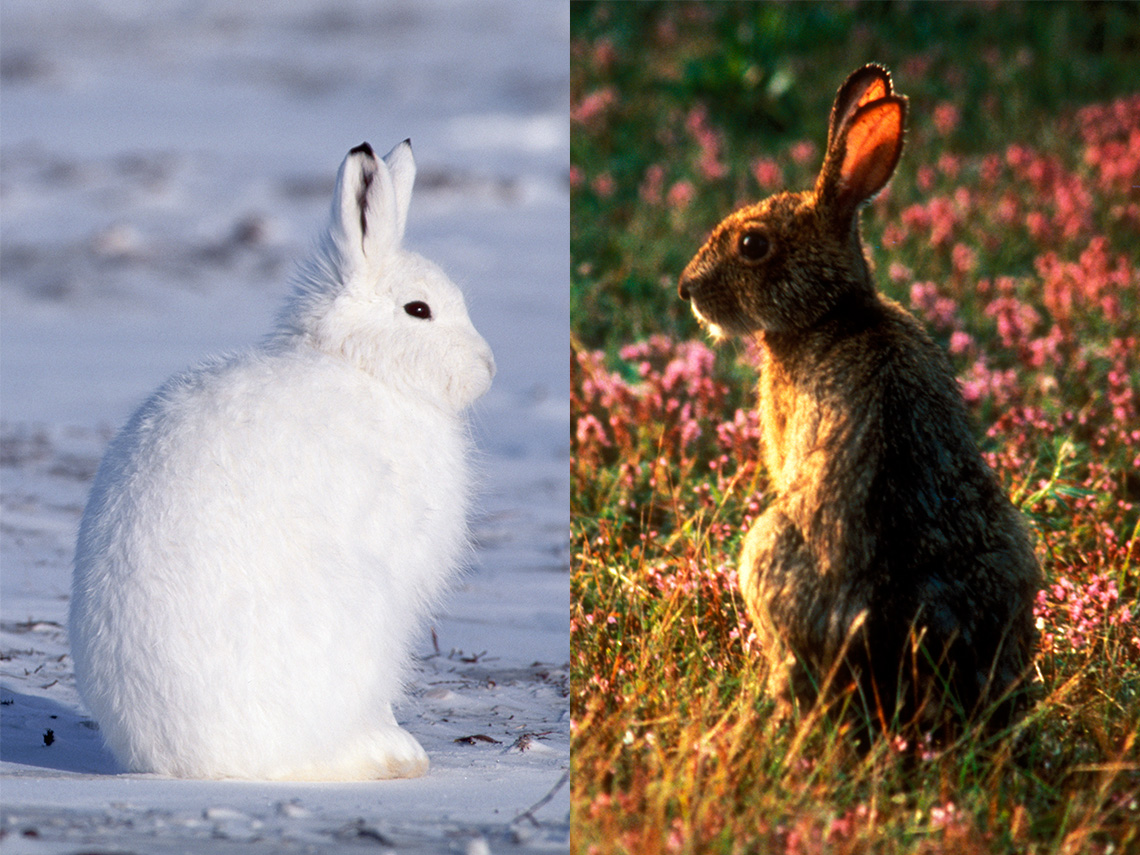Minds On
Where did they go?
Explore the following carousel of images.
What do you notice about each animal and/or insect?
How might these examples be connected?
Action
Animals adapting
In the Minds On, we explored images of how animals and insects use camouflage in their natural environment. Camouflage is a type of animal adaptation. Animals and insects will use camouflage to blend into their environment to disguise their location, movements, and identity.
Press ‘Definition’ to access definition of adaptation.
Adaptation: this might be a physical change or a change in behaviour that helps an animal to survive
Over time, many animals and insects have adapted or learned ways to blend into their environment.
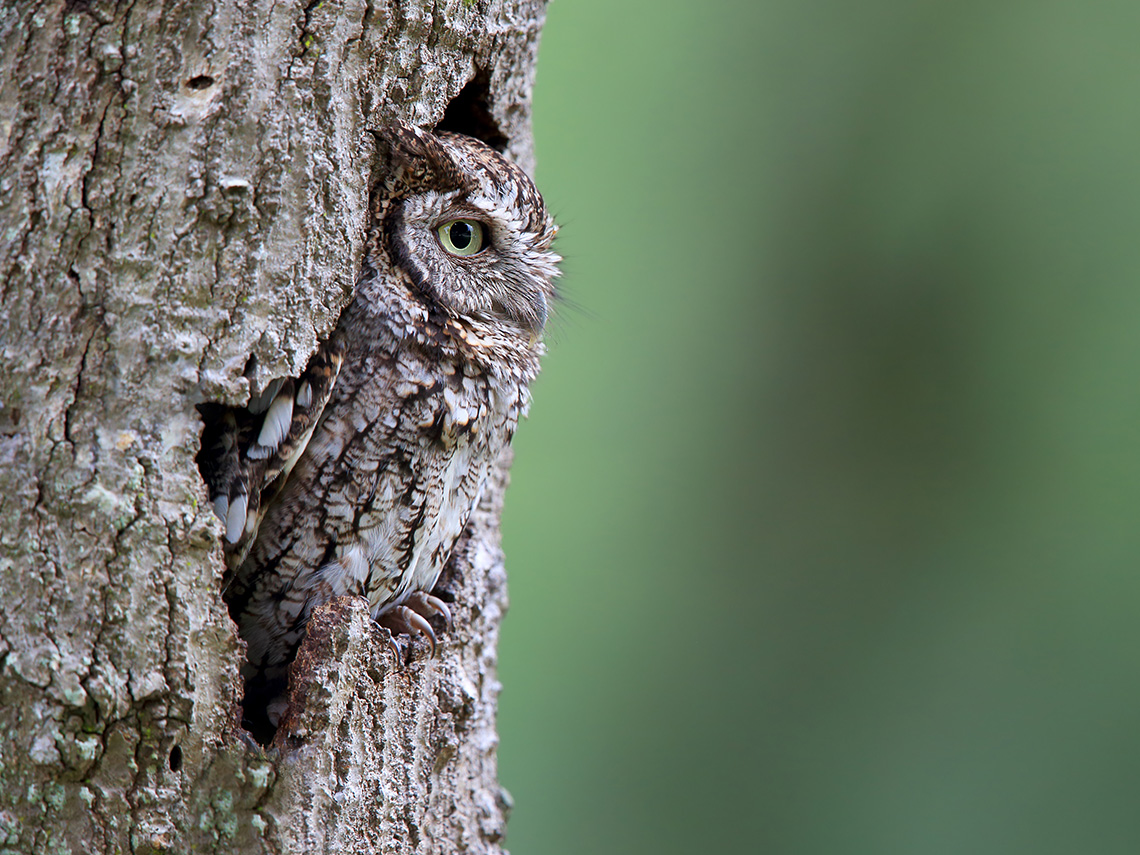
For example, the tawny owl had developed colours in its feathers over time to blend in with the bark of a tree.
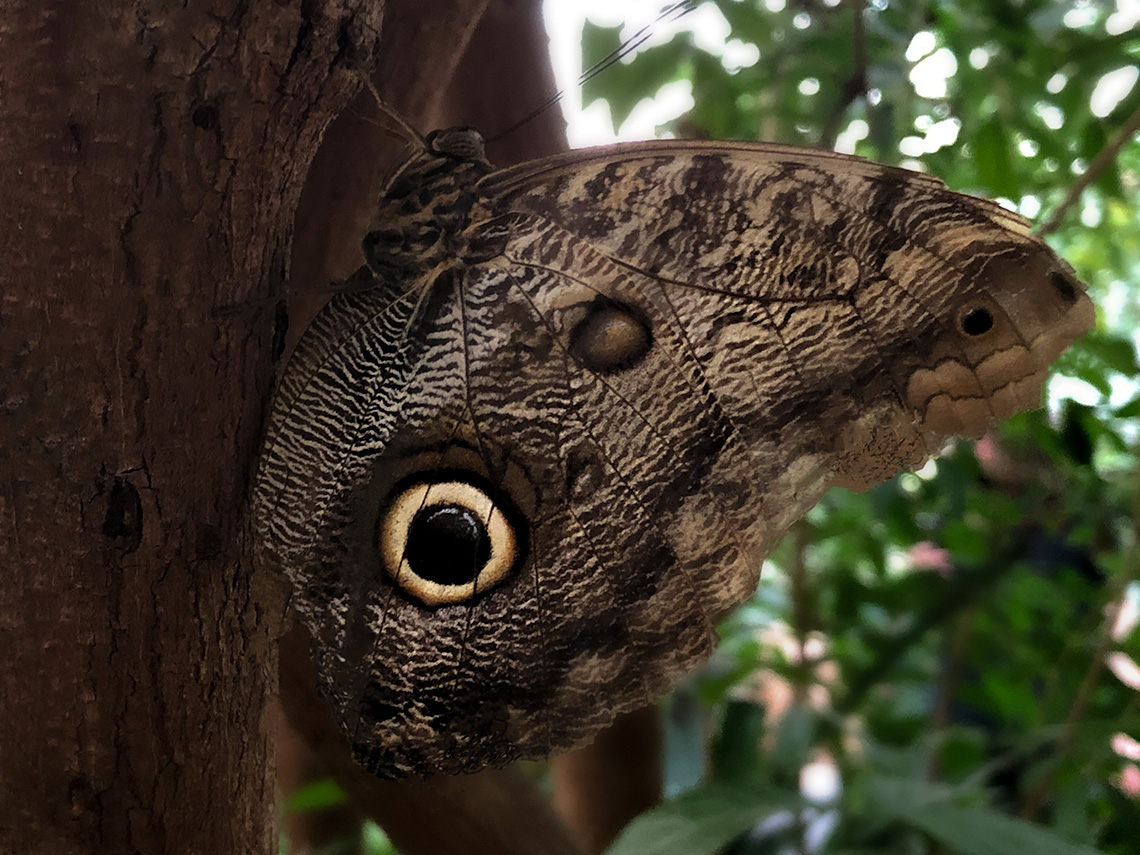
The owl butterfly has developed patterns that resemble eyes. This makes them seem to be larger than they are and confuses any predators.
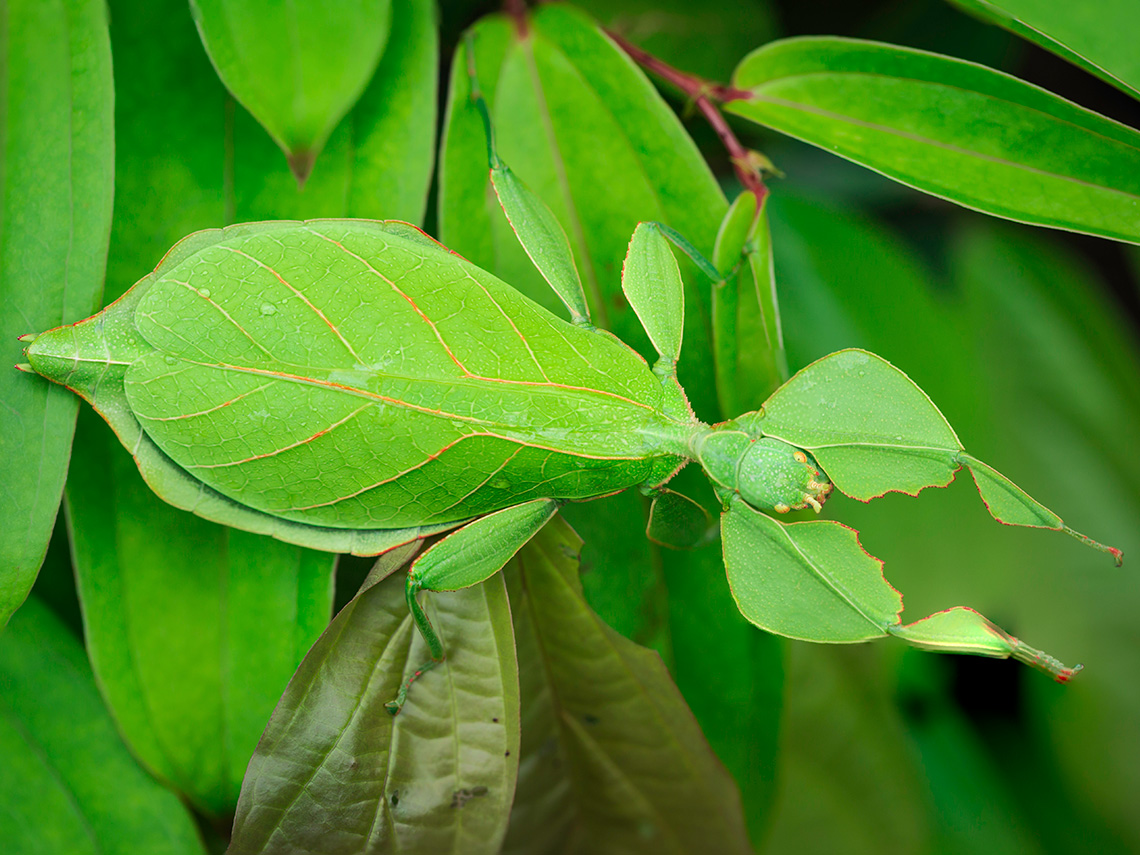
The leaf bug camouflages through its appearance, but also has learned to copy the movement of the surrounding leaves.
Animals such as the arctic hare changes goes through periods where its fur changes from white to brown. This way, it can blend into its environment during the winter and summer seasons.
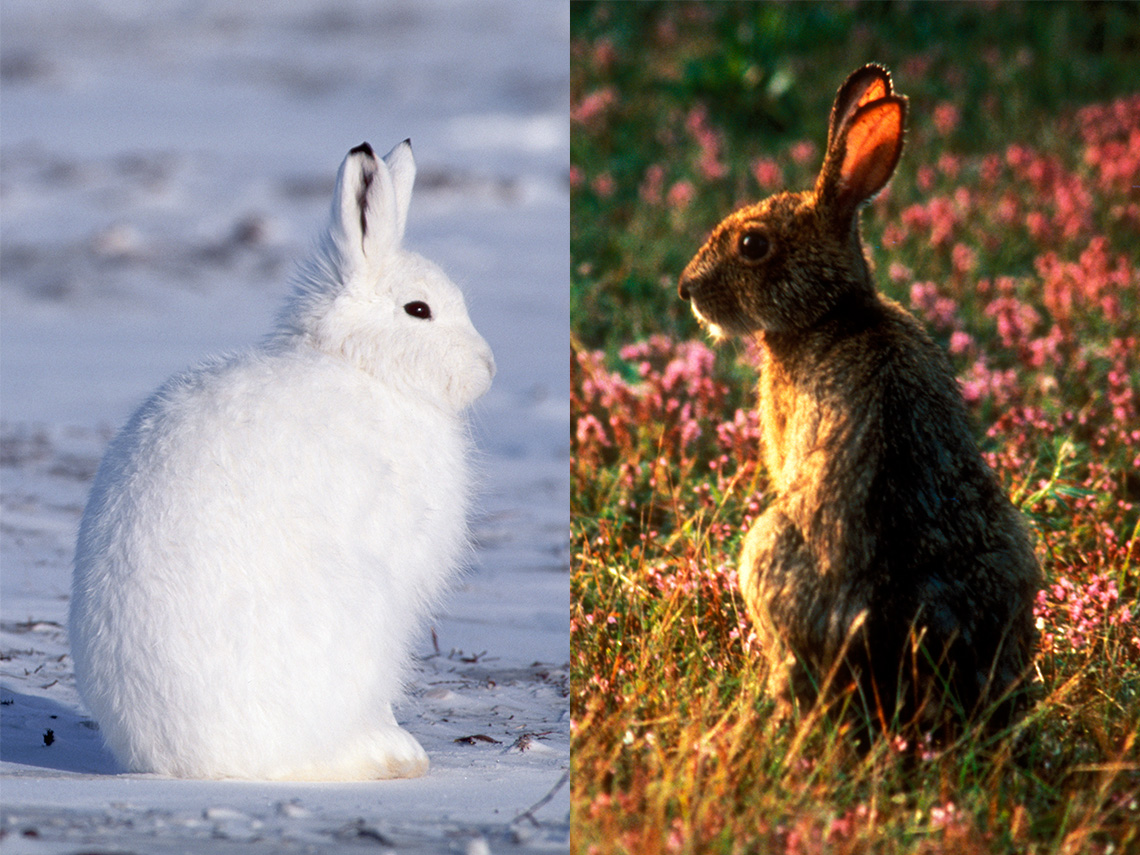
Camouflage is one way that animals have adapted to changes in their environment. Many of these adaptations have taken long periods of time. However, in recent years there have been some examples of faster adaptation in animals. One of the reasons for this could be because of climate change.
Learning check!
For each image, select the corresponding description of animal adaptation.
What’s climate change?
Climate change describes a change in temperature and rainfall in a particular area over a long period of time. This effects the environment, plants, animals, and humans gradually and leads to different adaptations.
But what happens when we speed up climate change?
David Suzuki is a Canadian scientist, teacher, author, and environmental activist. He shared many facts and ideas about nature and the environment through his show The Nature of Things with David Suzuki. He created the David Suzuki Foundation in 1990 to address climate change and help protect the land, animals, and plant life.
Explore this video entitled “David Suzuki Part 2” to learn more about climate change.
What specific facts did David Suzuki share about how temperature normally change on earth?
Press ‘Possible Answer’ to access the facts David Suzuki about the average global temperature change.
David Suzuki shared that there is a change of approximately 1 degree every 1000 years. However, in the last 150 years the temperature has already gone up by 1 degree and will reach 2 degrees by mid-century.
This means that nature does not have time to adapt as it normally would.
How have human beings contributed to raising the global temperature?
Press ‘Possible Answer’ to access how humans have contributed to raising the global temperature.
Humans have been creating a lot of greenhouse gases that are trapping the heat and so we have made climate change unnatural.
David Suzuki shared that the over-production of greenhouse gases has contributed to speeding up climate change.
Greenhouse gases are created through different industries. One of the ways they are produced is through burning fossil fuels. Fossil fuels include oil, gas, and coal which are burned to generate energy. This energy is used for electricity, to power transportation and to power factories.
As temperatures increase globally, they create many changes around the world. These include:
- melting snow and ice in the northern regions
- loss of habitats (homes) for different animals
- changes in the pattern of seasons around the world
- increase in natural disasters (i.e. tornadoes, earthquakes, wildfires, hurricanes etc.)

The rise in global temperatures has affected many different natural processes, plants and animals. Changing rain and snow patterns can lead to stronger storms, warmer oceans can cause damage to corals and the melting ice caps lead to rising sea levels. Higher temperatures can cause more heat waves which cause more droughts and wildfires. This also creates changes in the plant life cycles and change in animal migration and life cycles.
What might be something people can do to lower greenhouse gas production?
Some ways to address greenhouse gas production may be:
- switch to using more renewable energy sources (i.e. solar power, wind power etc.)
- use active transportation methods to travel (i.e. walking, cycling, scooters etc.)
Can you think of any other ways people may address the issue of greenhouse gas production?
Animals adapting
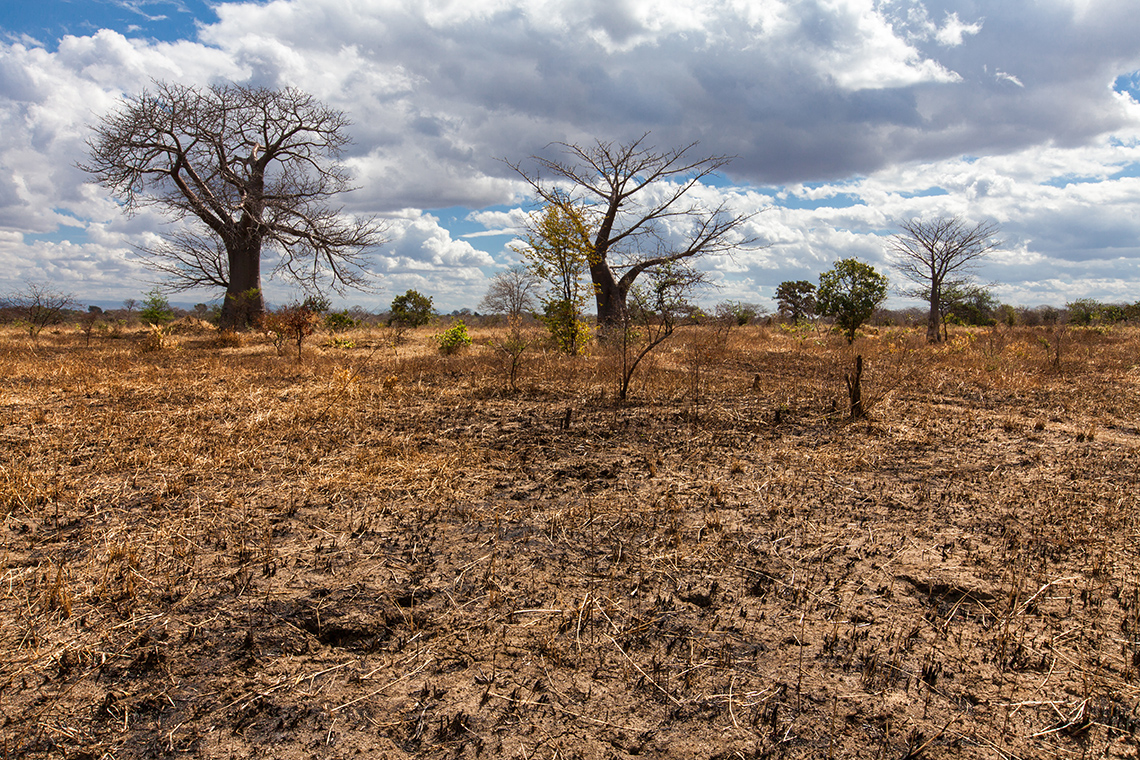
Changes in temperature and amount of rainfall affect the habitats (homes) of animals.
As their natural habitat becomes warmer, some species have adapted in different ways.
For example, some species have moved their location to find new places to live.
Animals are also adapting by waking up early from hibernation or migrating earlier than usual.
Finally, there are some animals whose colouring and size of their features have changed much more quickly than in the past.
Press ‘Definition’ to access definitions for migration and hibernation.
Migration: is the movement of animals from one area to another often because of seasonal change. For example, there are many types of birds all over the world who migrate from north to south during winter months as the temperature becomes colder and there is less daylight.
Hibernation: during the winter certain plants and animals stay in a resting state until the season changes and the temperature increases
Explore the following information about animal adaptations and record the ways in which each type of animal has adapted to changing temperatures. You may also record any additional questions you might have for future research.
You may record using the graphic organizer provided or another method of your choice.
Press the following tabs to access different examples of animal adaptations.
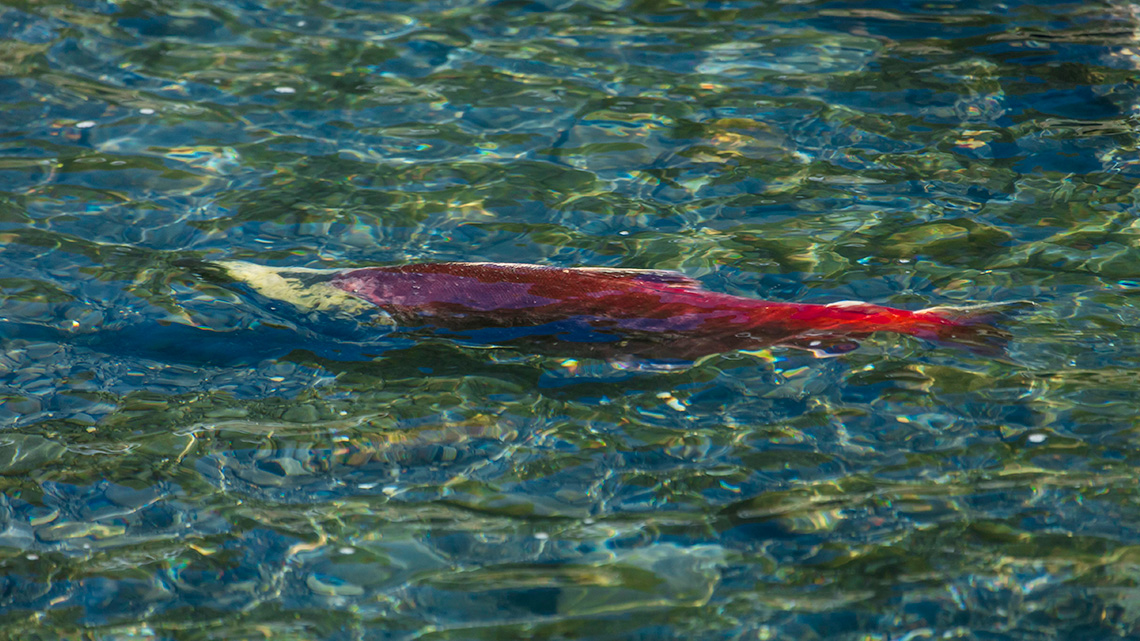
Migration is very important to the survival of many types of fish, including salmon. Migration periods are specific times during the course of a year as fish swim from the ocean up to freshwater streams to reproduce.
One team of researchers have found that in Auke Creek, Alaska, one species of pink salmon is migrating two weeks earlier than it did 40 years before. They looked at genetic and migration data or information over the last 32 years to see what created this change.
Between 1983 to 2011, the water temperature had increased by approximately one degree over average which has been linked to climate change.
The Auke Creek salmon are one species that managed to adapt to warmer temperatures and have changed their migration patterns.
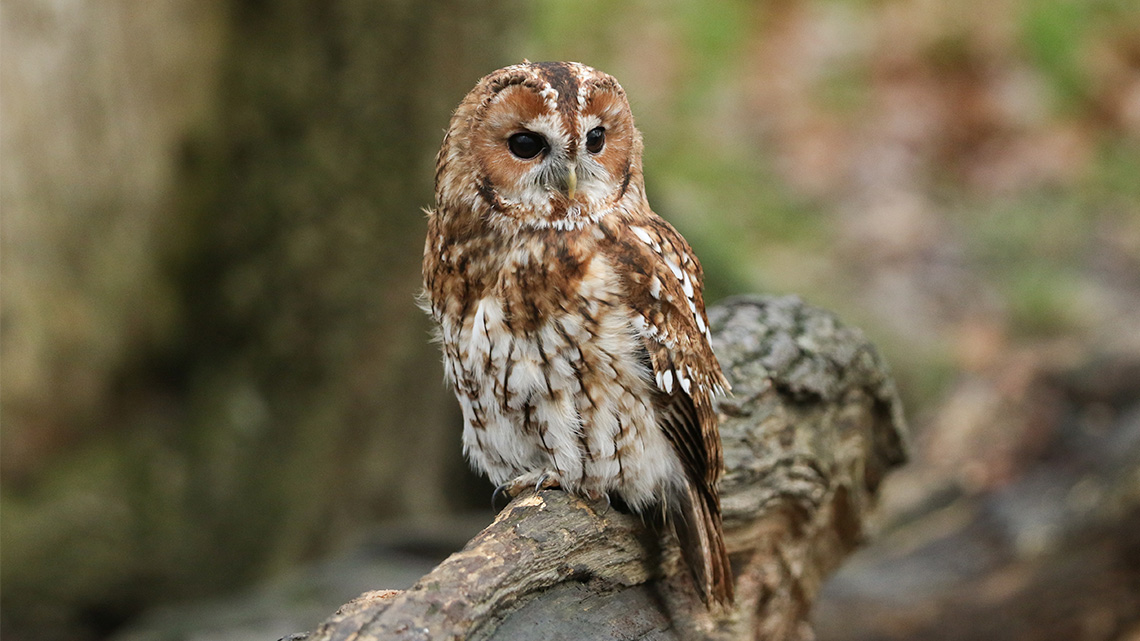
Tawny owls are usually a shade of brown, however they can be pale brown or gray-brown to help them camouflage during the winter season. Snowier weather will usually result in more gray owls.
However, one tawny owl population in Finland showed a higher percentage of brown feathers over the last 28 years. The research team also noticed that there was an overall increase in brown owls within the last 48 years. This seems to be a result of milder winters in Finland with less snow.
Tawny owls have adapted changing conditions so that their feathers help them camouflage and survive.
Complete the Animal Adaptations in your notebook or using the following fillable and printable document. If you would like, you can use speech-to-text or audio recording tools to record your thoughts.
Consolidation
Review your learning!

For each sentence, select the missing word or words from the drop-down menu.
Public service announcement
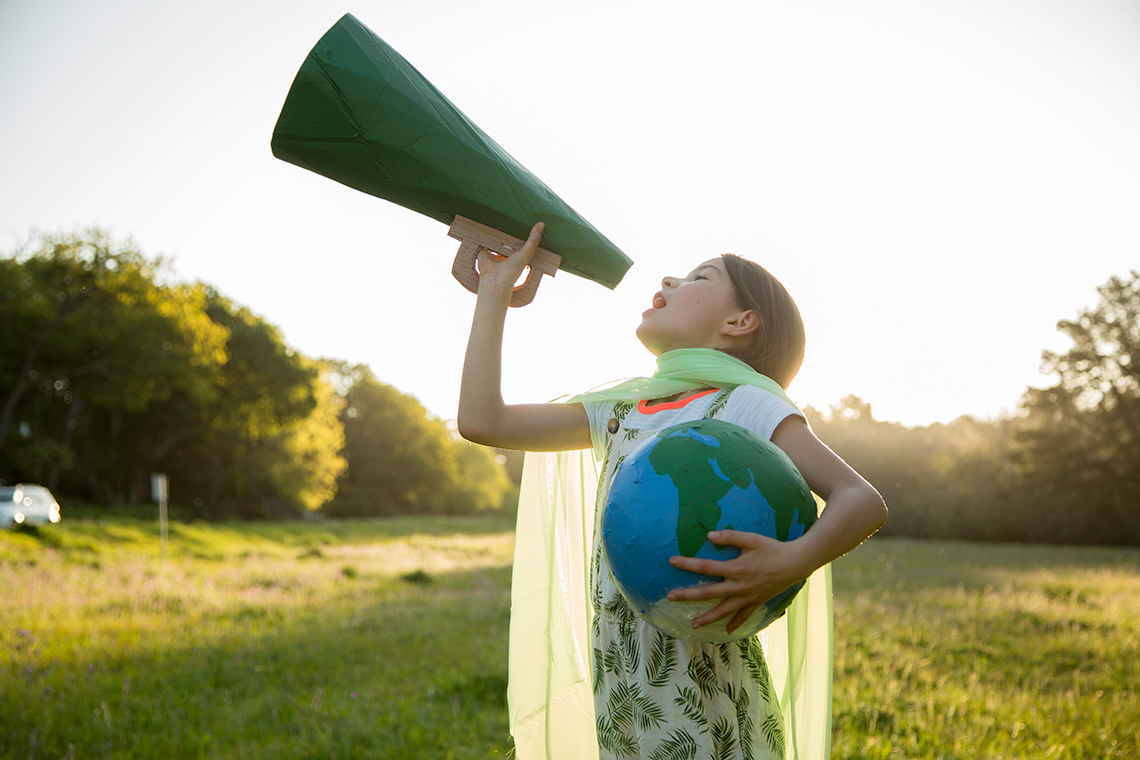
A public service announcement, or PSA, is a message to raise public awareness and change behavior.
While some animals have been able to find ways to adapt to rising global temperatures, that may not be the case for all.
Your PSA
Create a public service announcement for one of the following:
- the effects of climate change on animal behavior and appearance
- how humans are contributing to climate change
You may also include some suggestions of what humans can do to help wildlife and reduce the effects of climate change.
You may use the following checklist to guide your PSA.
Be sure to…
You may record your PSA in a notebook, an audio clip, or another method of your choice.
Reflection
As you read through these descriptions, which sentence best describes how you are feeling about your understanding of this learning activity? Press the button that is beside this sentence.
I feel…
Now, record your ideas using a voice recorder, speech-to-text, or writing tool.
